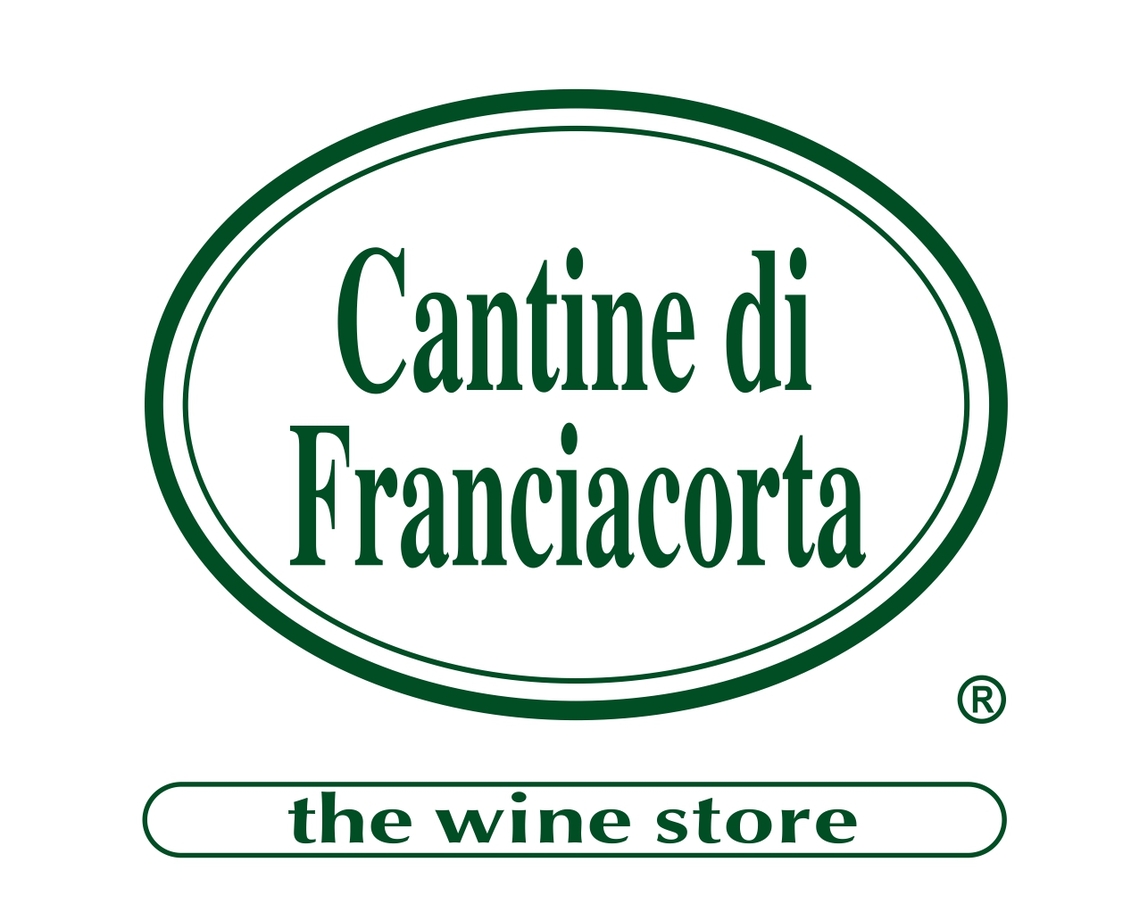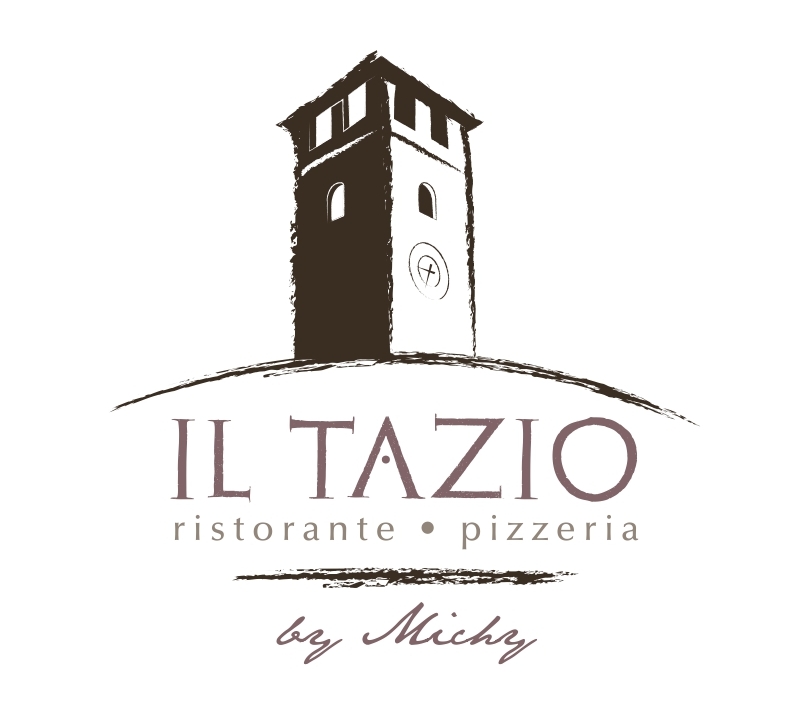Church of San Giacomo in Maspiano
Maspiano, a small district of Sale Marasino, rises on the hillside along the ‘Valleriana’ street and at the centre of a series of minor routes that connected the hillside villages during the Middle Ages (Gandizzano, Conche). The village consists of two parts, with buildings that merge residential and agricultural functions and – especially on the side of the village – were also used for defensive purposes. The wood loggias, the porticos, the vast residential systems and connections from one house to another, make it an interesting example of mountain settlement between the Middle Ages and Modern age.
The oratory of San Giacomo Maggiore (St. James the Elder) faces the cobbled-paved churchyard. The name infers the presence of a hospitale in this place, perhaps during Medieval times, a sort of half-way house for pilgrims and wayfarers. The church as we see it today, is the result of the reconstruction of a building during mid 18th Century, already documented in 1567. The façade, with Botticino stone portal, features a large rectangular window, pillar strips that divide the area in recessed panels, and the gable at the top. The churchyard is embellished by an elegant fountain, while the ancient watering trough was removed.
The interior is characterised by a central floor plan with a slightly extended apse, with four smoothened corners that create an octagon. The first two diagonal short sides are shaped by small pointed arches. Those facing the sanctuary feature two large doors in walnut wood completed with jambs featuring lintels embellished by elegant plaster volutes. The roof consists of a beautiful dome decorated by a simple plaster frame. The walls are also shaped by two large pointed arches with pillar strips and plaster frame along the entire perimeter. A fairly modest painting decoration dating back to the late 19th Century covers the entire building. Saints Lucy, Apollonia, Agatha are depicted in the wall corners, while pulpit in walnut wood was placed on the last corner. The raised sanctuary is of quadrangular shape with smoothened corners. The black marble altar is inlaid with floral and arabesque motifs (second half of the 18th Century). A bas-relief oval in white marble is located at the centre of the frontal of the altar, depicting St. James the Elder, a stylised church and a bell tower appear on the background, and a house with portico on the right. Most likely, the bas-relief documents the desire of Maspiano community to remember the re-construction of the church carried out in 1758.
Above the altar, a valuable oil on canvas altarpiece from the 17th Century is present, attributed to the artist Francesco Giugno from Brescia and depicting The Martyrdom of St. James. It is one of the first works of the artist and still linked to the mannerist culture and chromatism, before Palma il Giovane (Young Palma) asserted his prominent influence in Brescia. The painting was set in a double wooden frame: in fact, when the time came to be placed in the church, the painting was hung with its original frame within a larger mixtilinear altarpiece to better adapt it to the larger space.
Antonio Burlotti














